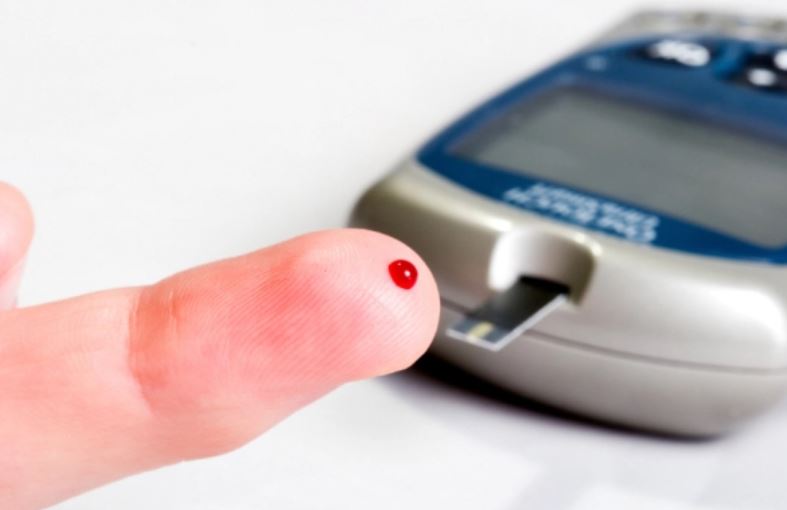Millions of people worldwide struggle with diabetes. As a result, people with diabetes need to monitor their blood sugar levels regularly with the use of diabetic test strips and other diabetic supplies.
However, people with diabetes don’t always use all of the test strips that they receive, and some end up with extra, unused diabetic test strips. These unused test strips can be sold to individuals or companies that buy them, offering numerous benefits to the sellers and buyers alike.

There’s money to be made
Financial gain is one of the main benefits to selling unused diabetic supplies.
Oftentimes, individuals will receive more diabetes supplies through insurance and other sources than they need. Rather than letting them go to waste, people with diabetes can sell their unused diabetic supplies to companies that purchase them.
This can help them recoup some of the costs they have already incurred, especially if they have paid out of pocket for these strips.
Diabetic Exchange USA is one of the largest purchasers of unused diabetes products.
Sellers are not the only ones who benefit
Another advantage of selling unused diabetic test strips is that it helps others in need.
Necessary supplies such as diabetic test strips, lancets, and CGMs can be very costly for people with diabetes, especially those without health insurance. Some test strips brands come in vials of 100 at roughly $2 per strip.
By selling unused test strips, individuals can make them available to those who cannot afford them for a lower price. This helps reduce the financial burden on low-income patients and enables them to manage their diabetes better.
Therefore, selling unused test strips can have a significant impact on the lives of those who need them.
Helps reduce waste
Selling unused diabetic test strips can also contribute to reducing waste.
Unused test strips that are thrown away or left unused in the house can end up in landfills, where they can take decades to decompose.
This can cause environmental problems, such as pollution and contamination. Selling unused test strips, on the other hand, ensures that they are used for their intended purpose, thereby reducing waste and promoting sustainability. This can be especially important for those who are environmentally conscious and want to make a positive impact on the planet.
Lowers cost for all
Moreover, selling unused diabetic test strips can help reduce the overall cost of healthcare. The cost of medical supplies, such as diabetic test strips, can be high, especially for patients without insurance.
By making unused test strips available at a lower cost, individuals can help reduce the overall cost of healthcare. This can have a significant impact, especially in developing countries or areas with limited access to healthcare.
Additionally, it can help lower the burden on healthcare systems, which can be stretched thin due to the high cost of medical supplies.
Conclusion
Selling unused diabetic test strips can have numerous benefits for both sellers and buyers. It can help individuals recoup some of the costs they have already incurred, make some extra cash, and contribute to reducing waste.
It can also help people with diabetes afford the necessary supplies, reduce the overall cost of healthcare, and promote sustainability.
Lastly, it is strongly advised to not attempt to sell diabetic supplies that have been opened, used, expired, or have been tampered with in any way. Doing so can lead to inaccurate readings and/or infection.

